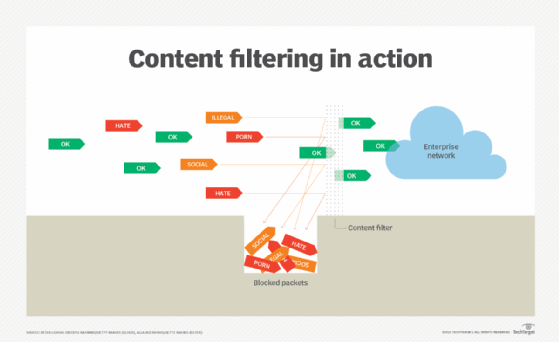Have you ever found yourself bombarded by a sudden influx of unsolicited calls, leaving you frustrated and questioning the security of your personal information? In this digital age, where connectivity is at its peak, mass call bombers exploit vulnerabilities in our communication systems to inundate us with spam calls. Fortunately, the frontline defense against these intrusive attacks comes in the form of spam filters and blockers.
Understanding the Menace: Mass Call Bombing
Before delving into the mechanics of how spam filters combat mass call bombers, let’s first understand the threat itself. Mass call bombing, also known as robocalling or spam calling, is a tactic employed by cybercriminals to inundate individuals with a large volume of automated calls. These calls often carry malicious intent, ranging from phishing scams to attempting to extract sensitive personal information.
The Cat-and-Mouse Game: How Spam Filters Stay One Step Ahead
Spam filters are the unsung heroes of our digital communication, tirelessly working behind the scenes to shield us from the incessant barrage of spam calls. These filters utilize a multifaceted approach to identify and manage mass call bombers effectively.
1. Caller ID Analysis
One of the primary tools in a spam filter’s arsenal is caller ID analysis. When a call is placed, the filter cross-references the incoming number with its extensive database of known spammers and suspicious callers. This real-time comparison allows the filter to flag or block calls from numbers associated with previous spam activities.
2. Machine Learning Algorithms
Spam filters employ sophisticated machine learning algorithms to adapt and evolve in the face of emerging threats. These algorithms analyze patterns, call behavior, and caller information to identify deviations indicative of spam activity. The continuous learning process ensures that the filter becomes more adept at recognizing and thwarting mass call bombers over time.
3. Reputation Scoring
Every caller is assigned a reputation score based on historical data and user feedback. If a number exhibits characteristics typical of a mass call bomber, such as frequent complaints or suspicious behavior, the spam filter assigns a low reputation score. Calls from low-scoring numbers are then flagged or blocked, adding an extra layer of protection against potential threats.
4. Geolocation and Network Anomalies
Another ingenious strategy employed by spam filters involves analyzing geolocation and network anomalies. By cross-referencing the location of the caller with the expected or usual locations associated with a particular number, filters can identify discrepancies that may signal fraudulent activity. Similarly, unusual network behavior, such as a sudden spike in call volume from a specific region, triggers alerts for further scrutiny.
5. Call Frequency Analysis
Mass call bombers often inundate users with a high frequency of calls within a short timeframe. Spam filters leverage call frequency analysis to identify and thwart these attacks. Calls that deviate significantly from a user’s normal call patterns are flagged, allowing the filter to take preventive action.
Empowering Users: Call Blocking and Reporting Features
Beyond the intricate workings of spam filters, empowering users with tools to manage and report spam calls is crucial. Many modern smartphones come equipped with native call-blocking features that allow users to manually block or report suspicious numbers. By contributing to the collective intelligence of spam filters, users play an active role in strengthening the overall defense against mass call bombers.
Looking Ahead: The Evolution of Spam Filtering Technology
As mass call bombers continue to refine their tactics, the evolution of spam filtering technology becomes imperative. Advanced features such as enhanced caller authentication, real-time collaboration between service providers, and stricter regulatory measures are on the horizon. The goal is not only to react to existing threats but to proactively anticipate and neutralize potential challenges.
Conclusion
In the ongoing battle against mass call bombers, spam filters stand as our first line of defense. By leveraging cutting-edge technologies and intelligent algorithms, these filters adapt to the ever-changing landscape of spam calls. As users, staying informed about the mechanisms behind spam filtering empowers us to navigate the digital realm securely.
As we continue to witness advancements in technology, the collaborative efforts of users, service providers, and regulators will be crucial in fortifying our defenses against mass call bombers. In the quest for a spam-free communication experience, understanding the intricate dance between attackers and defenders is key to staying one step ahead in this dynamic landscape.
